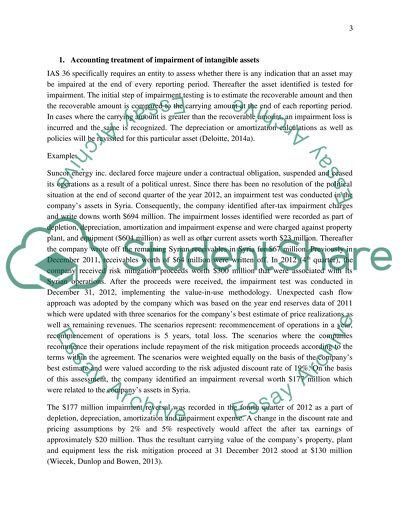Cite this document
(“Corporate Financial Reporting Assignment Example | Topics and Well Written Essays - 2000 words”, n.d.)
Corporate Financial Reporting Assignment Example | Topics and Well Written Essays - 2000 words. Retrieved from https://studentshare.org/finance-accounting/1628189-corporate-financial-reporting
Corporate Financial Reporting Assignment Example | Topics and Well Written Essays - 2000 words. Retrieved from https://studentshare.org/finance-accounting/1628189-corporate-financial-reporting
(Corporate Financial Reporting Assignment Example | Topics and Well Written Essays - 2000 Words)
Corporate Financial Reporting Assignment Example | Topics and Well Written Essays - 2000 Words. https://studentshare.org/finance-accounting/1628189-corporate-financial-reporting.
Corporate Financial Reporting Assignment Example | Topics and Well Written Essays - 2000 Words. https://studentshare.org/finance-accounting/1628189-corporate-financial-reporting.
“Corporate Financial Reporting Assignment Example | Topics and Well Written Essays - 2000 Words”, n.d. https://studentshare.org/finance-accounting/1628189-corporate-financial-reporting.


